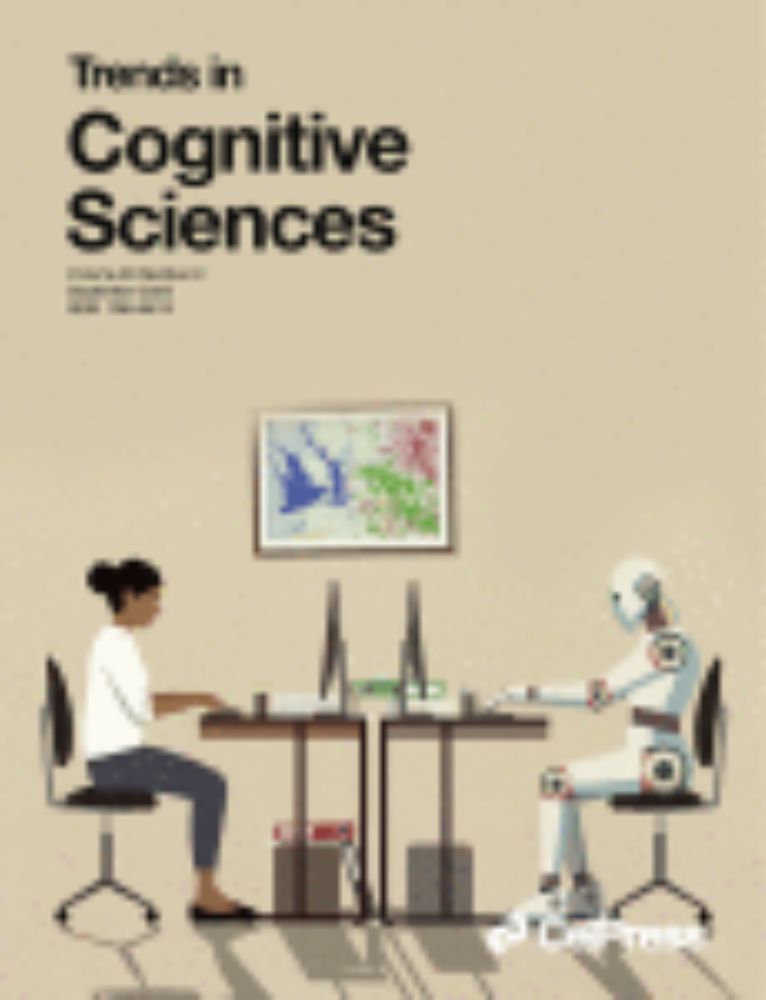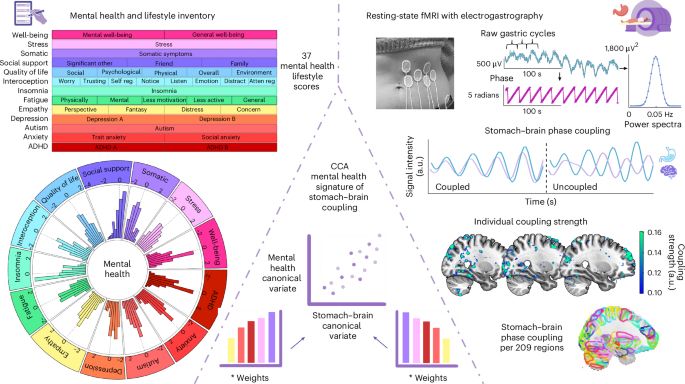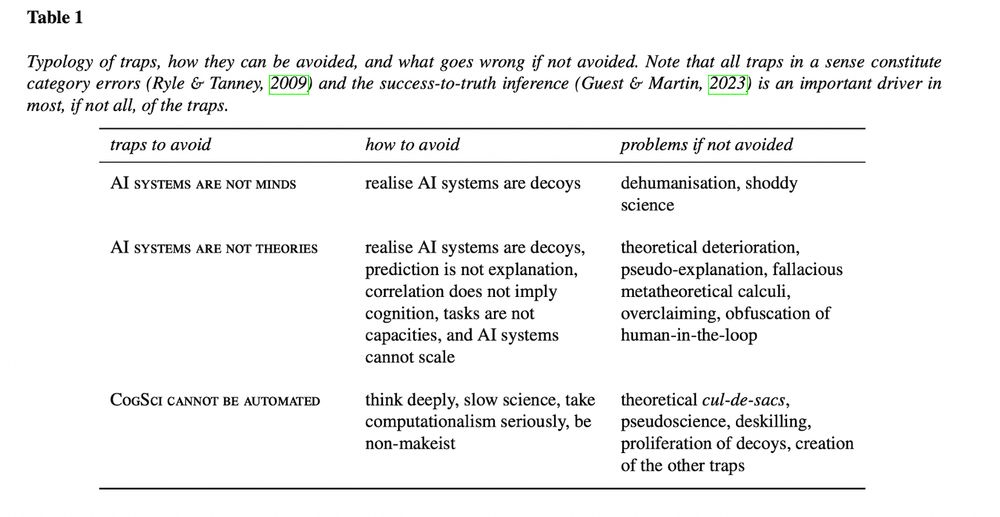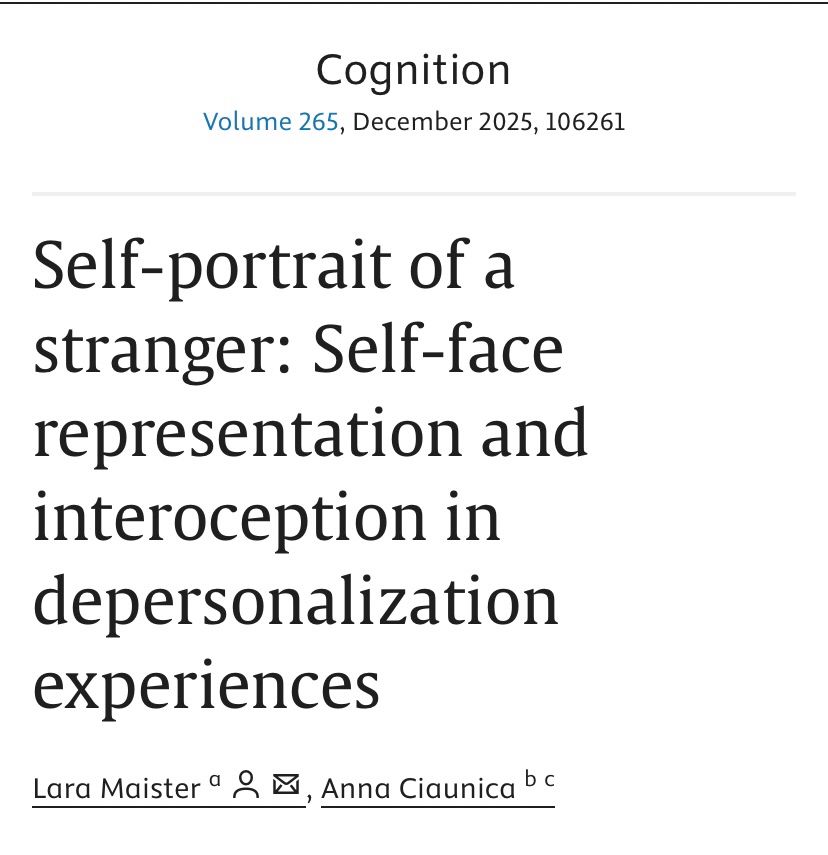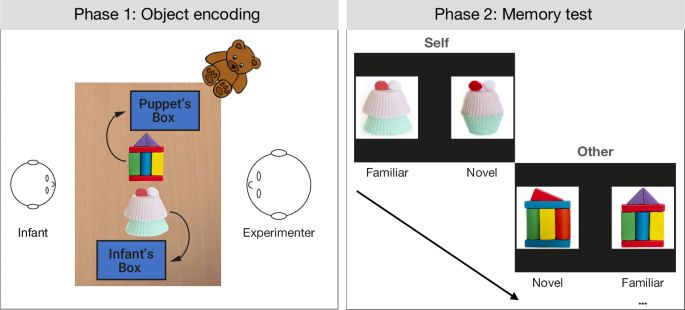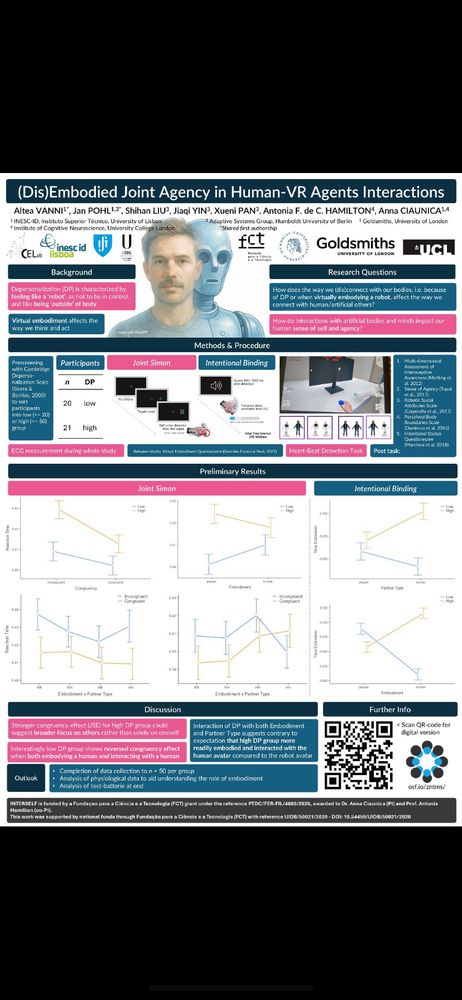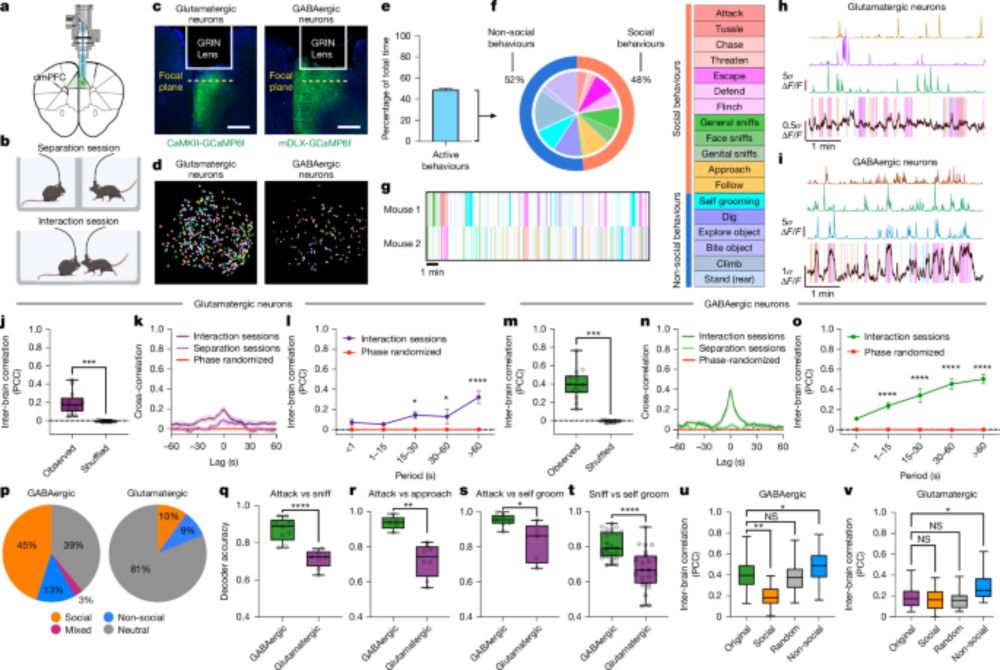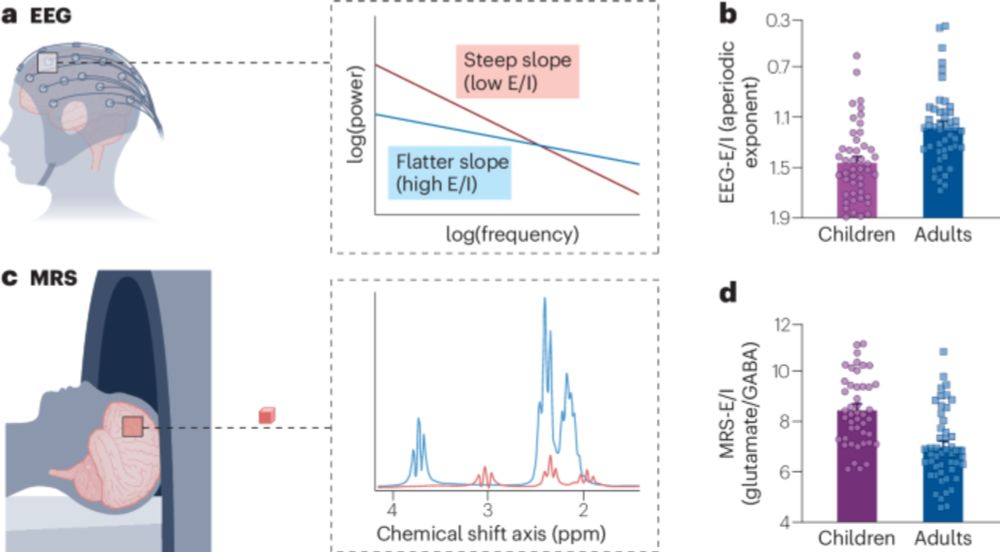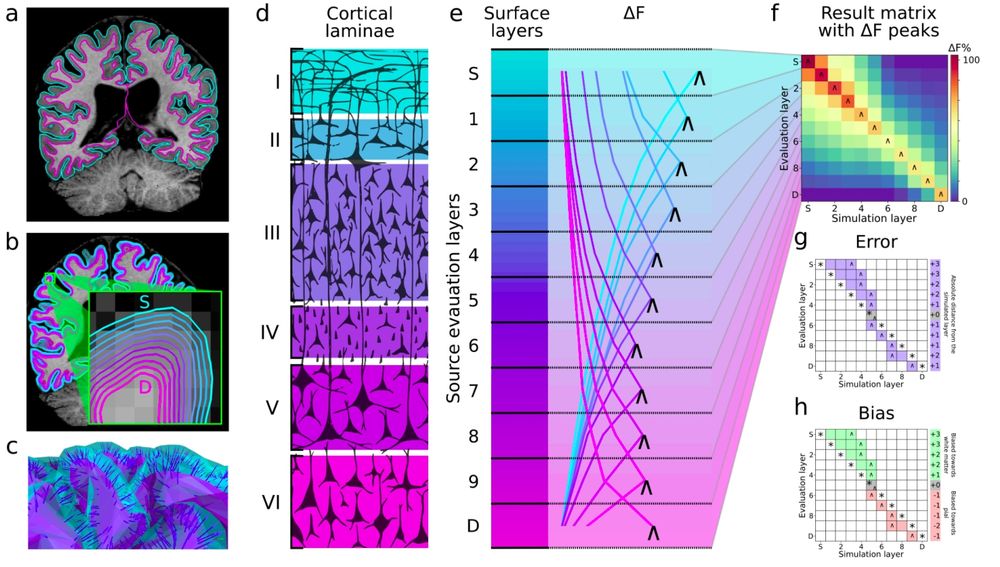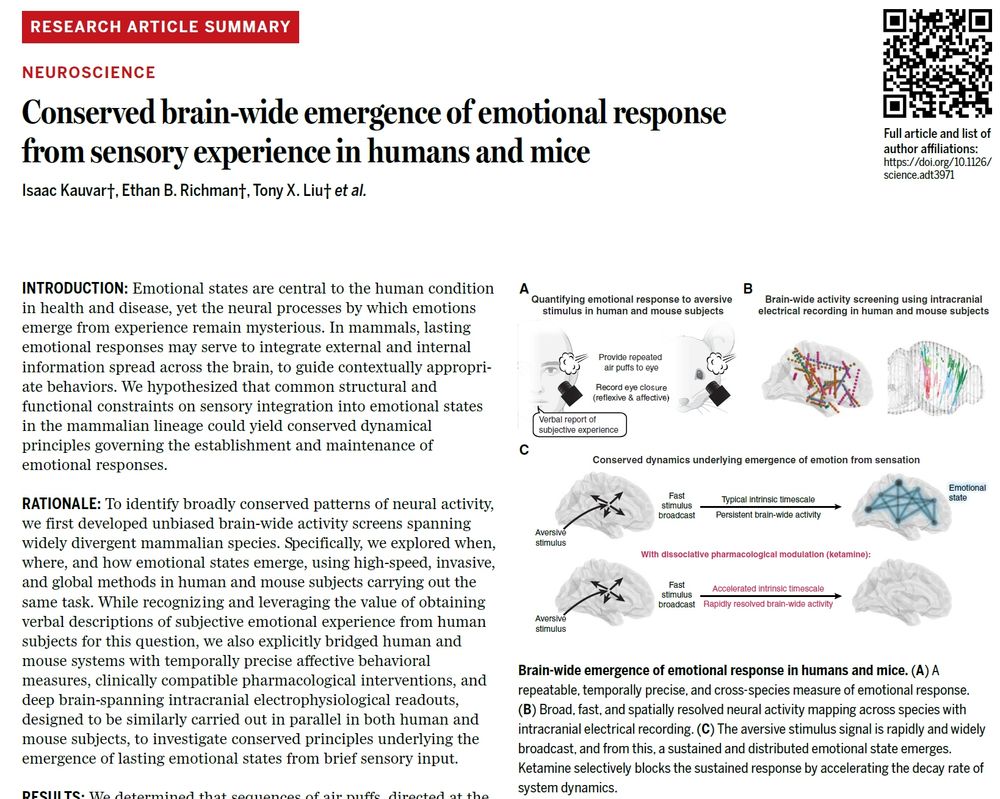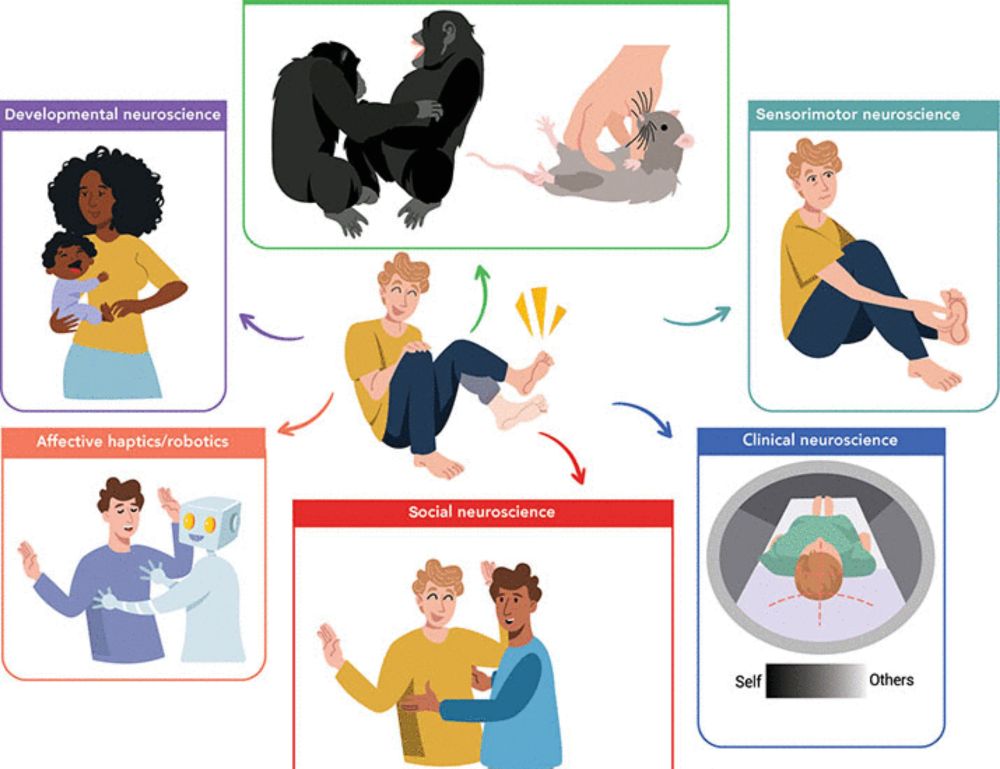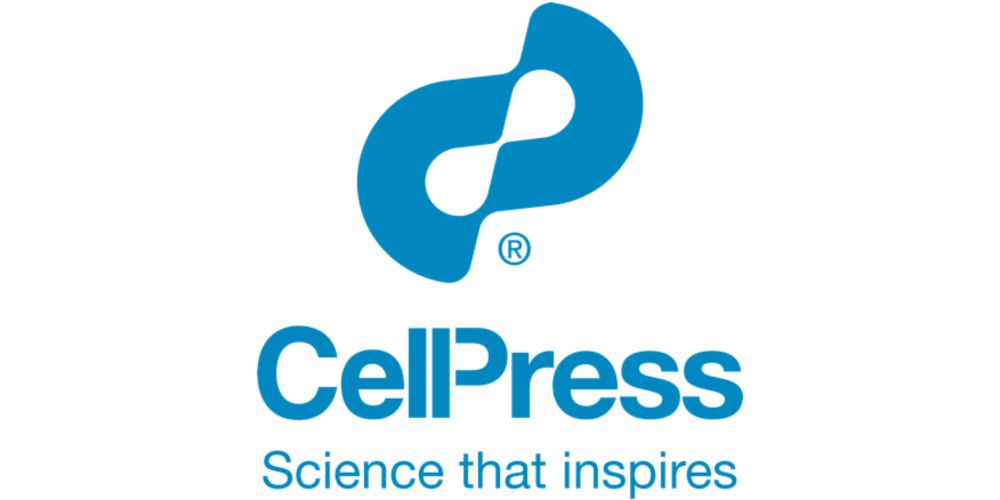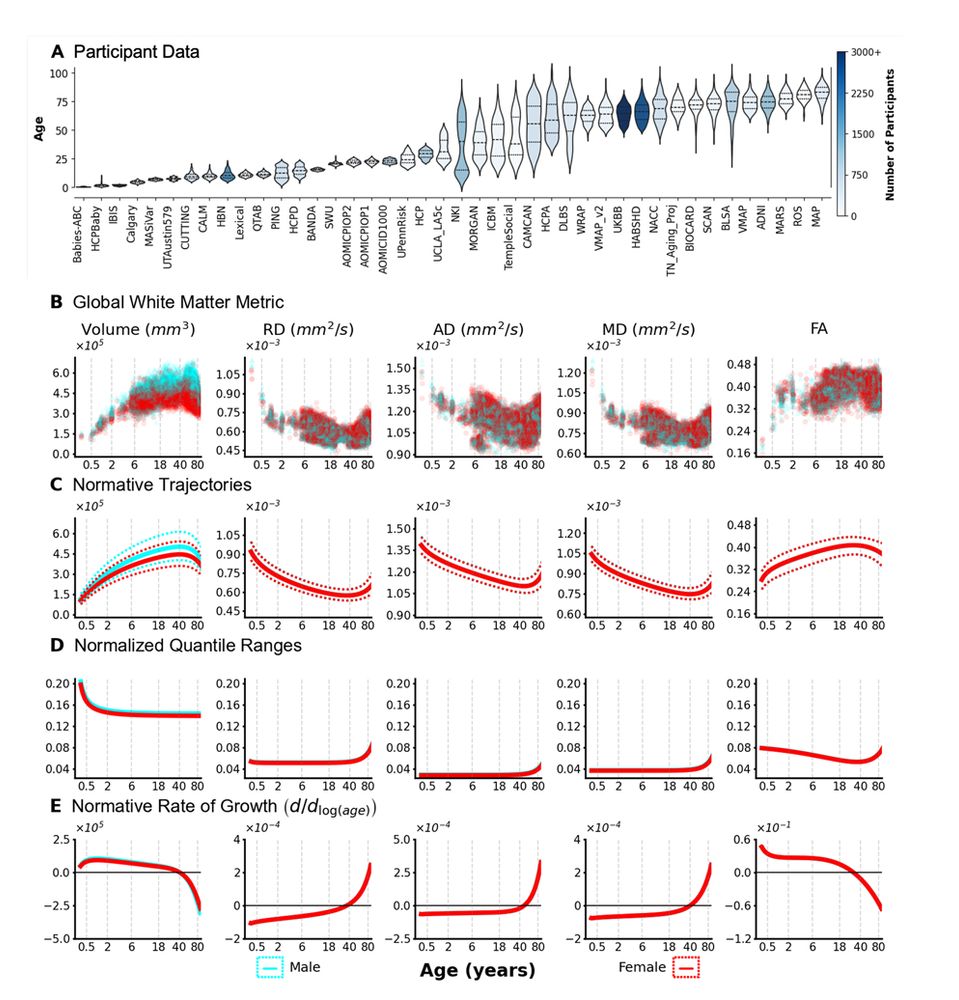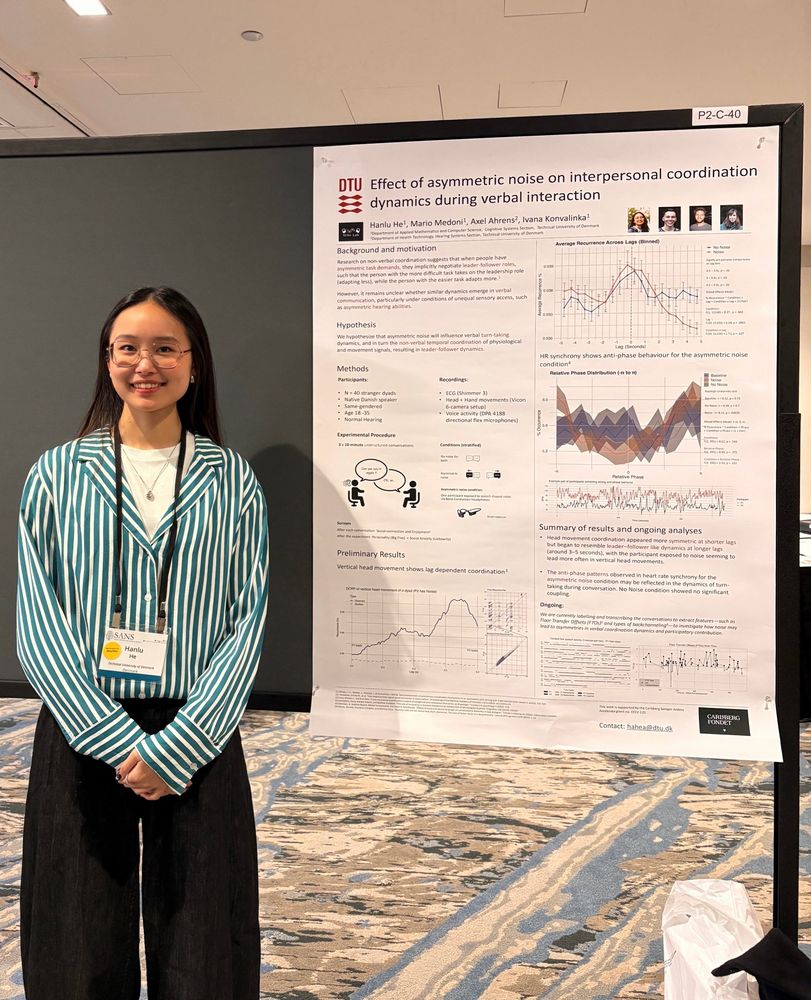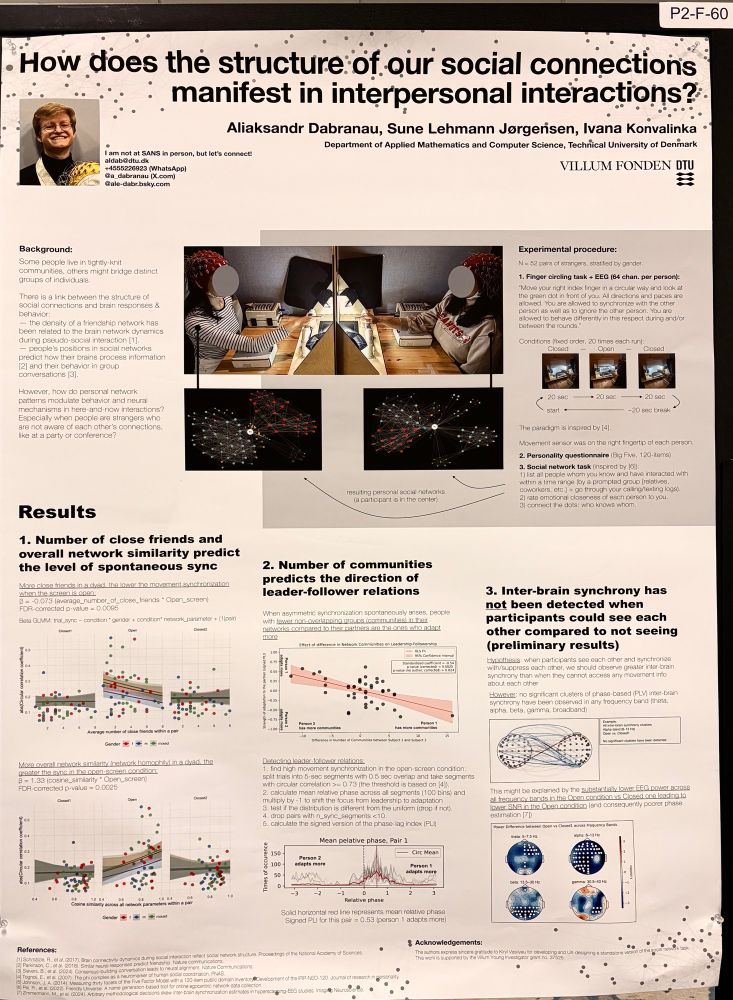Juan Camilo Avendano-Diaz
@juancamiload.bsky.social
360 followers
1.2K following
14 posts
Postdoctoral researcher at @AaltoUniversity @abc_aalto
Interested in M/EEG and 2-Person Neuroscience (2PN).
Posts
Media
Videos
Starter Packs
Reposted by Juan Camilo Avendano-Diaz
Reposted by Juan Camilo Avendano-Diaz
Reposted by Juan Camilo Avendano-Diaz
Reposted by Juan Camilo Avendano-Diaz
Dr Cyril Pernet
@cyrilrpernet.bsky.social
· Jul 30
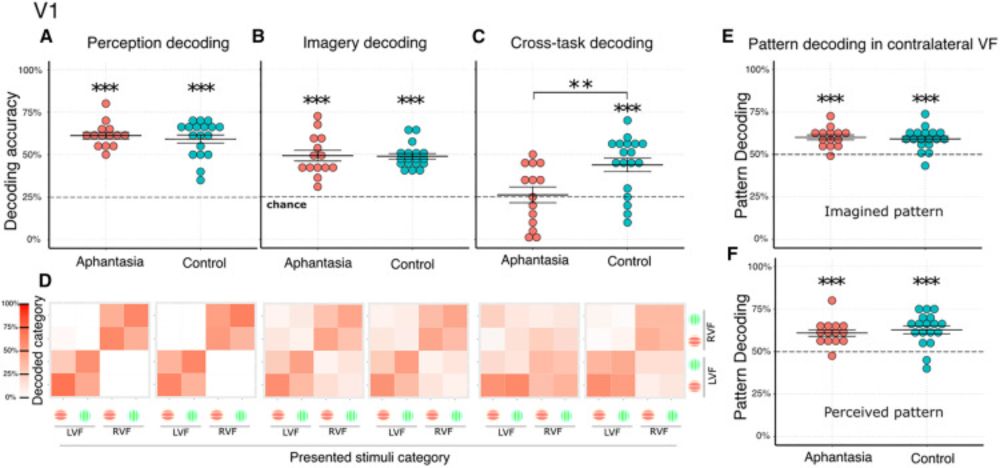
Imageless imagery in aphantasia revealed by early visual cortex decoding
Chang et al. report that during imagery attempts, those with validated aphantasia
have decreased perceptual BOLD response and higher ipsilateral imagery response. Imagery
content could be decoded usin...
www.cell.com
Reposted by Juan Camilo Avendano-Diaz
Reposted by Juan Camilo Avendano-Diaz
Matt Perich
@mattperich.bsky.social
· Jul 29
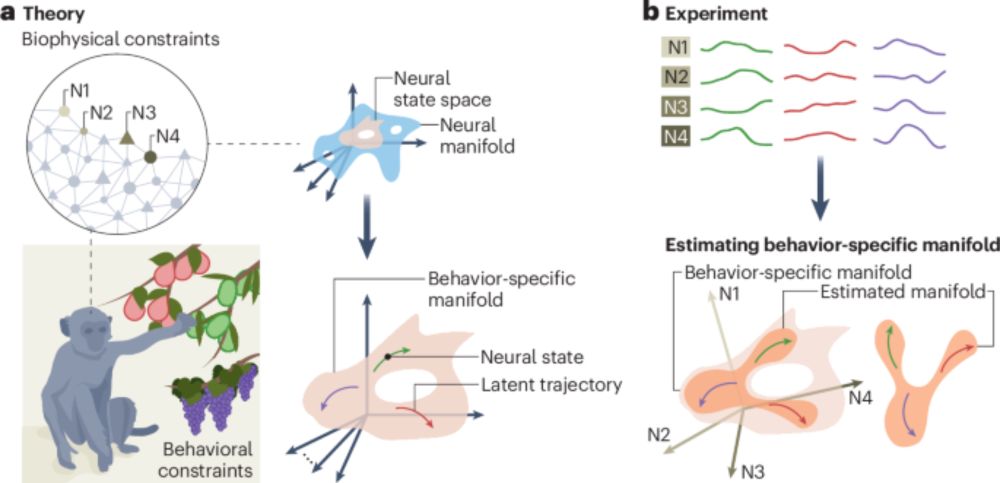
A neural manifold view of the brain - Nature Neuroscience
Recent advances in neuroscience have revealed how neural population activity underlying behavior can be well described by topological objects called neural manifolds. Understanding how nature, nurture...
www.nature.com
Reposted by Juan Camilo Avendano-Diaz
Reposted by Juan Camilo Avendano-Diaz
Reposted by Juan Camilo Avendano-Diaz
Reposted by Juan Camilo Avendano-Diaz
Reposted by Juan Camilo Avendano-Diaz
Dirk Gütlin
@gutlin.bsky.social
· Jul 3
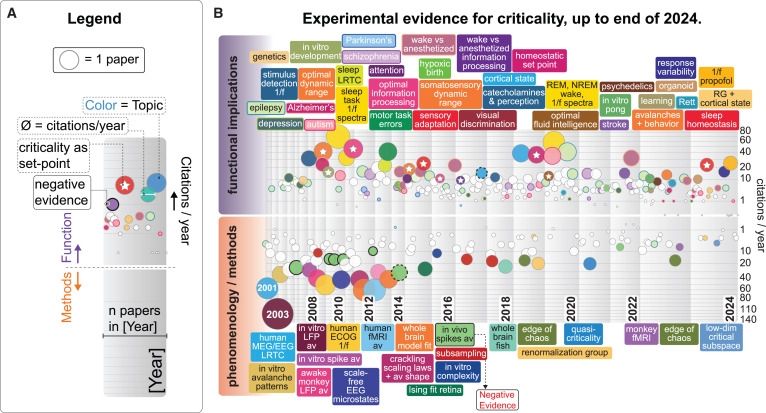
Is criticality a unified setpoint of brain function?
Hengen and Shew propose that criticality—a state with scale-invariant dynamics—is
a universal computational setpoint of healthy brains. Their meta-analysis of two decades
of research reconciles contra...
www.cell.com
Reposted by Juan Camilo Avendano-Diaz
Reposted by Juan Camilo Avendano-Diaz
Reposted by Juan Camilo Avendano-Diaz
Reposted by Juan Camilo Avendano-Diaz
Reposted by Juan Camilo Avendano-Diaz
Reposted by Juan Camilo Avendano-Diaz
Reposted by Juan Camilo Avendano-Diaz
Jaan Aru
@jaanaru.bsky.social
· Nov 20
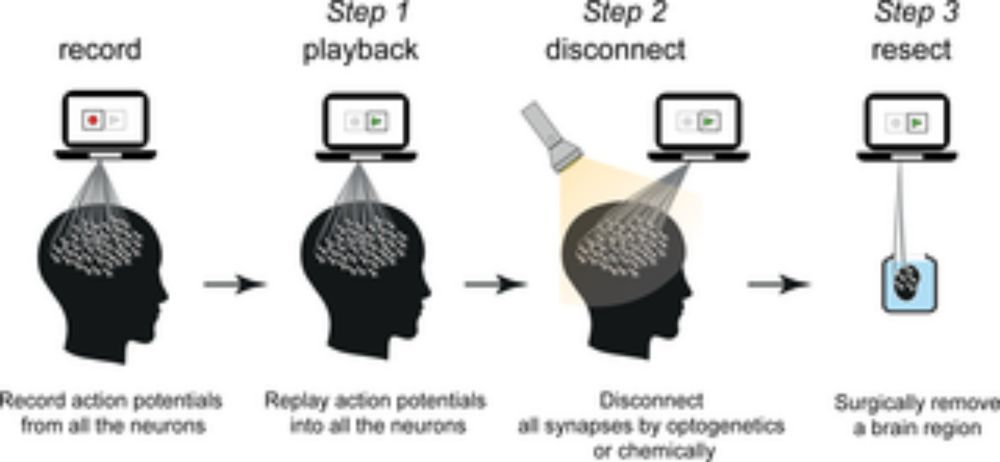
Does brain activity cause consciousness? A thought experiment
The authors of this Essay examine whether action potentials cause consciousness in a three-step thought experiment that assumes technology is advanced enough to fully manipulate our brains.
journals.plos.org
Reposted by Juan Camilo Avendano-Diaz
Reposted by Juan Camilo Avendano-Diaz
Reposted by Juan Camilo Avendano-Diaz
Reposted by Juan Camilo Avendano-Diaz
Reposted by Juan Camilo Avendano-Diaz
Reposted by Juan Camilo Avendano-Diaz
Micah G. Allen
@micahgallen.com
· Apr 24



